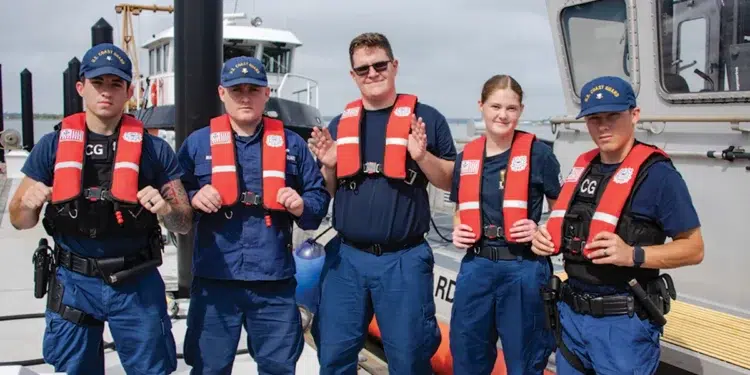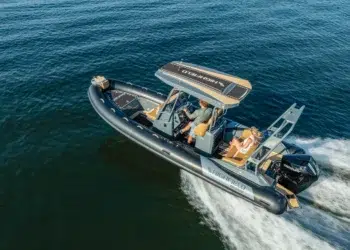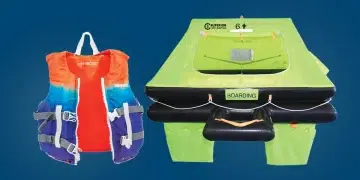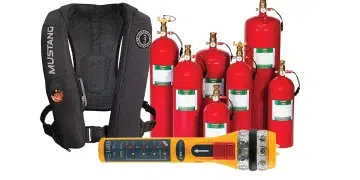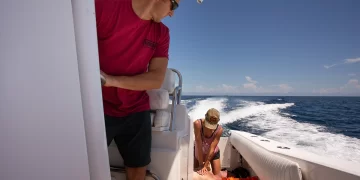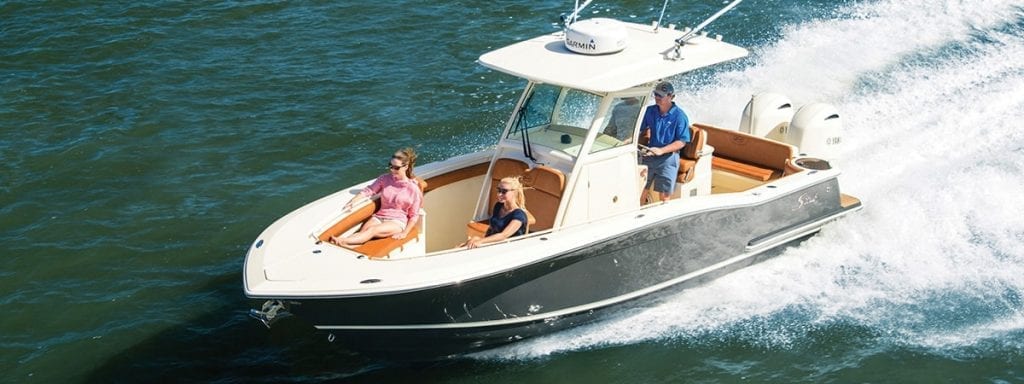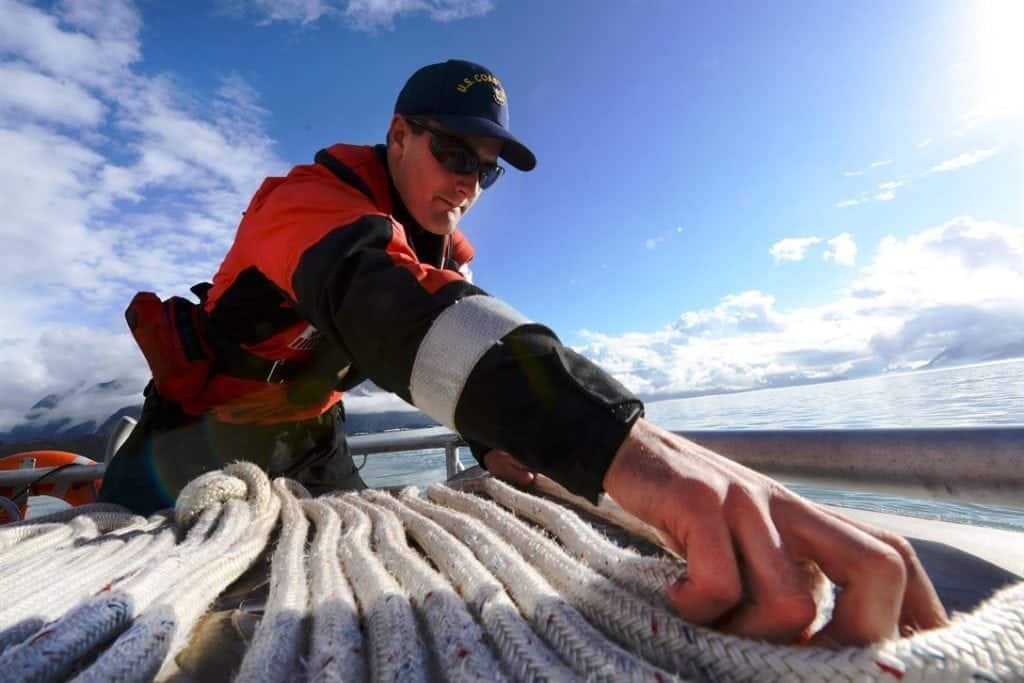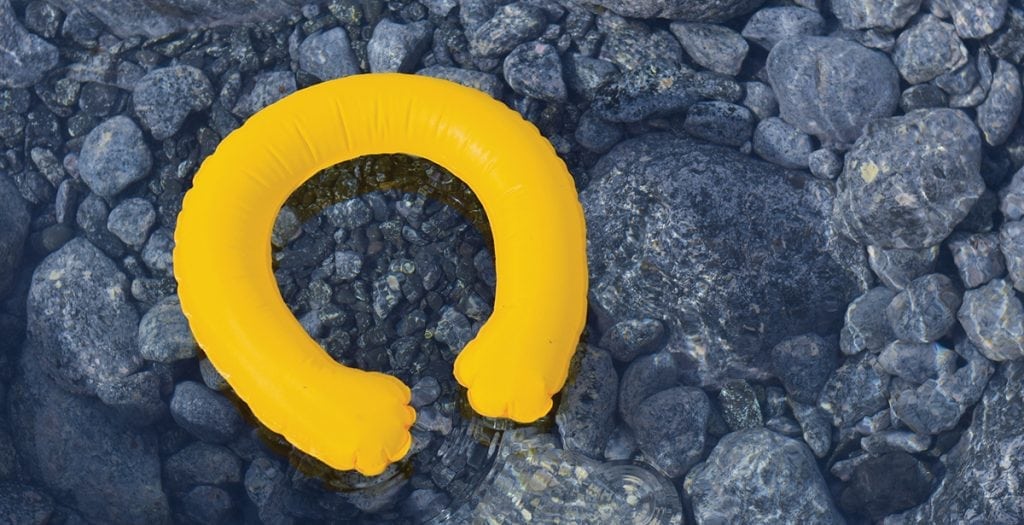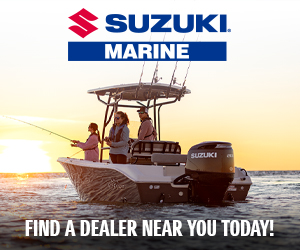Life Jackets: Choosing the right personal flotation device (PFD)
Boating is a beloved pastime, offering adventure and relaxation on the water. But amid the fun, safety should always be a top priority. According to the U.S. Coast Guard’s most recent statistic summary, there were 636 boating fatalities nationwide in 2022, with a staggering 85 percent of drowning victims not wearing a life jacket. This statistic underscores the critical importance of wearing a personal flotation device (PFD) while boating.
Modern PFDs have come a long way, offering improved fit, style, and mobility without sacrificing safety. Gone are the days of bulky, uncomfortable life jackets. Today’s PFDs are designed to fit better, look sleeker, and allow for easy movement, making them more appealing to wear. Additionally, brightly colored PFDs can significantly increase visibility, aiding in rescue efforts in case of an emergency.
The U.S. Coast Guard mandates that all recreational boats must carry USCG-approved PFDs on board. The number and type of PFDs required depend on various factors, including the size and type of the boat, the number of people on board, and the type of boating activity.
Also Read
US-Built Highfield Escape 650/750: Deep-V Fiberglass RIBs
Built for America (Cadillac, MI plant + vision) Highfield Boats, America’s leading RIB brand, has introduced the Escape Series, a...
For each person on board, a wearable PFD is required. These include:
- Offshore Life Jacket (Type I PFD)
- Nearshore Buoyant Vest (Type II PFD)
- Flotation Aid (Type III PFD)
- Wearable Special Use Device (Type V PFD)
Moreover, boats measuring 16 feet or longer (excluding canoes and kayaks) must also have at least one throwable device on board, such as a Type IV PFD or a Throwable Special Use Device (Type V PFD), regardless of the number of passengers.
Subscribe Here For More Boating Content
Choosing the Right PFD
When selecting a PFD, it’s essential to consider factors such as comfort, durability, and suitability for the planned activities and water conditions. Always opt for a USCG-approved PFD, ensuring it meets safety standards.
Here’s a breakdown of the types of wearable PFDs available:
Type I: Ideal for offshore and open water boating, offering the highest level of buoyancy and visibility.
Type II: Suited for inland or calm waters with a good chance of quick rescue, providing moderate buoyancy.
Type III: Suitable for calm inland waters, offering comfort for continuous wear and various styles from which to choose.
Type V: Designed for special use activities, offering convenience and continuous wear for specific water sports or activities.
Before setting sail, ensure that all passengers are wearing their PFDs properly. Fasten all straps, zippers, and ties securely, and tuck in any loose ends to prevent snagging. Remember, wearing a PFD significantly improves your chances of survival in the event of an accident. Don’t take risks with your safety—make wearing a PFD a non-negotiable part of your boating routine.


